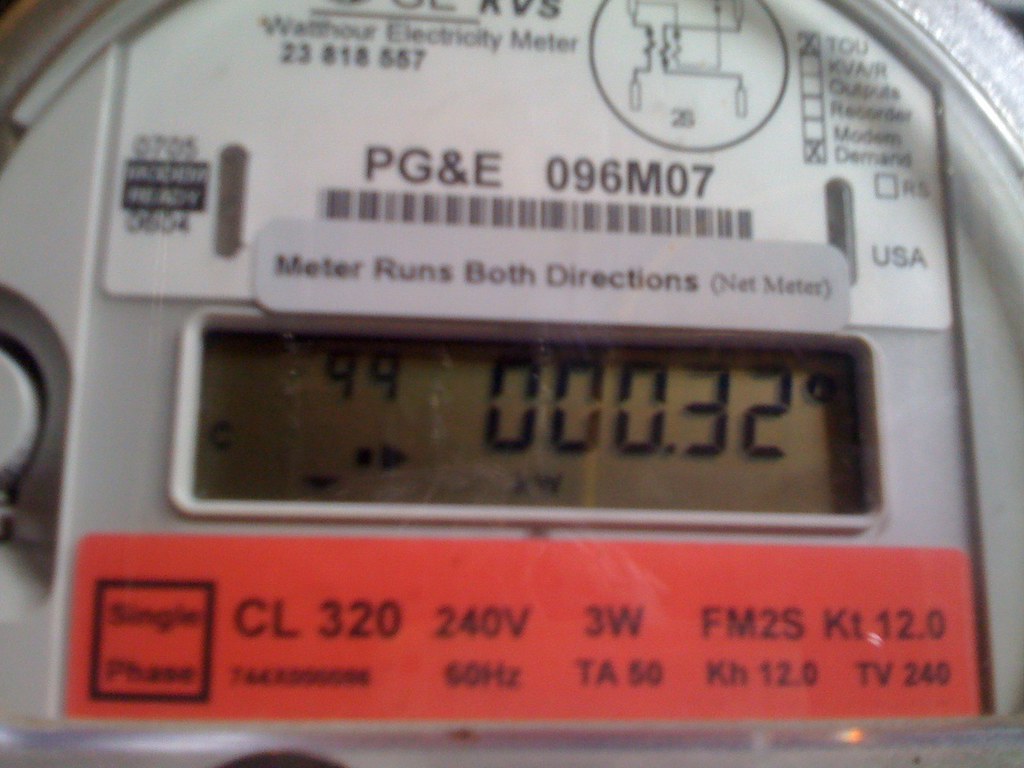Kenya is one of the most promising markets for solar energy in Africa, with abundant sunshine and a growing demand for electricity. However, until recently, there was no clear policy framework to enable consumers who generate their own solar power to sell excess electricity back to the grid. This changed in July 2022, when the Energy and Petroleum Regulatory Authority (EPRA) released a draft regulation to support the introduction of a net-metering regime for captive power plants1.
Net-metering is a mechanism that allows electricity consumers who generate their own power using renewable energy sources, such as solar, to supply electricity to the grid in times of over-production and to be compensated for or make use of the credited energy during other times. Net-metering can reduce the electricity bills of consumers, encourage investment in renewable energy, and reduce greenhouse gas emissions.
The regulations outline the eligibility criteria, application process, technical standards, and compensation mechanism for net-metering in Kenya. This applies to residential, commercial, or industrial consumers with renewable energy generators of a capacity not exceeding 1 MW, primarily intended for self-consumption (Prosumers), and to distribution or retail licensees in the consumer’s area of supply (Licensees). The regulation also sets a cap of 100 MW for the aggregate generation capacity of net-metering systems in the first phase of implementation, which will last for three years.
According to the regulation, a Prosumer who wishes to participate in net-metering must apply to the Licensee through the EPRA, and submit a feasibility study and system power flow studies in the area of distribution. The Licensee must review the application and give a decision within 60 days from the date of application. If the application is approved, the Prosumer and the Licensee must enter into a net-metering system agreement, which will specify the terms and conditions of the arrangement, including the duration, termination, dispute resolution, and liability clauses.
The regulation also stipulates the technical requirements for the net-metering system, such as the type and size of the generator, the interconnection equipment, the metering device, and the protection and safety measures. The regulation requires the Prosumer to install a bi-directional meter that can measure both the import and export of electricity. The regulation also requires the Prosumer to comply with the relevant Kenyan Standards and Codes of Practice and to obtain the necessary permits and approvals from the EPRA and other authorities.
The net-metering regulation proposes a net-billing method for compensating the Prosumer for the excess electricity supplied to the grid. This means that the Prosumer will be paid for the net electricity exported to the grid at a rate determined by the EPRA, which will be lower than the retail tariff charged by the Licensee. The regulation also allows the Prosumer to carry forward any excess credits to the next billing period, but not beyond 12 months. Currently, for every 1kWh sent to the grid, the consumer will receive credits equivalent to 0.6 kWh.
The regulation is expected to have a positive impact on the solar energy sector in Kenya, as it will create a new market for solar PV systems and encourage more consumers to adopt renewable energy. According to EPRA, the net-metering program will help the country to initially deploy around 100 MW of solar capacity, which will contribute to the national target of achieving 100% renewable energy by 2030. The regulation will also benefit the consumers, as they will be able to reduce their electricity bills and enhance their energy security. Moreover, the regulation will also benefit the environment, as it will reduce the reliance on fossil fuels and lower the greenhouse gas emissions.
However, the regulation also faces some challenges and limitations, such as the low compensation rate for the exported electricity, the lack of clarity on the technical and financial viability of the net-metering systems, the potential impact on the grid stability and quality, and the need for adequate awareness and capacity building among the stakeholders. Therefore, the regulation needs to be refined and implemented in a way that balances the interests and expectations of the Prosumers, the Licensees, and the society at large.
